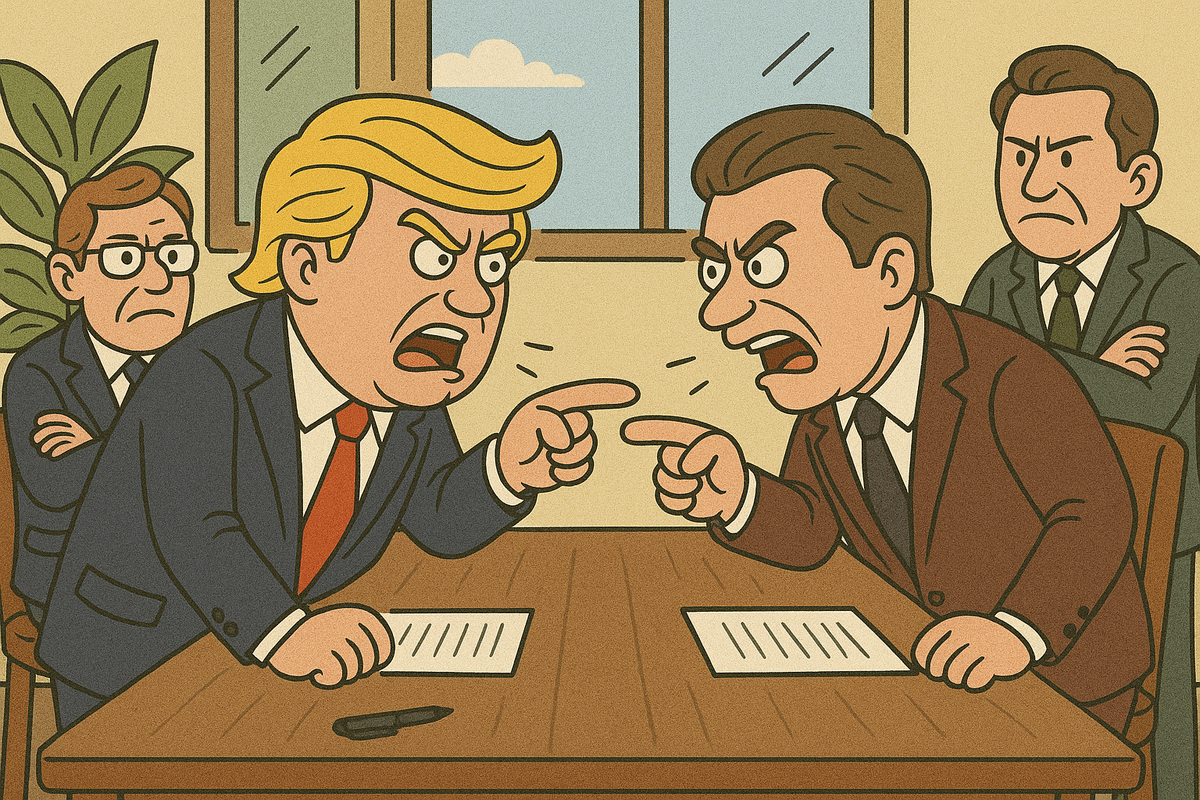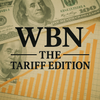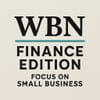
Donald Trump's The Art of the Deal isn't just a business book—it's a blueprint for how he approaches negotiation, conflict, and power. When Trump entered the White House in 2017, his well-known business tactics began to shape global policy, especially in the realm of international trade. Nowhere was this more visible than in his use of tariffs as a negotiation tool.
The Deal-Making Mindset
In The Art of the Deal, Trump lays out key principles that define his negotiation philosophy. These include:
- “Use leverage”
- “Fight back hard when you're wronged”
- “Deliver the goods, but hype the deal”
- “Protect the downside and the upside will take care of itself”
These ideas, rooted in Trump’s real estate career, carried over to his presidency. They shaped his “America First” trade agenda, especially his confrontational use of tariffs to extract better trade terms from economic rivals like China, as well as allies like Canada and the European Union.
Tariffs as Leverage
In business, Trump writes about using every tool at his disposal to gain an advantage, even threatening to walk away from a deal. As president, he took a similar approach with tariffs.
Trump imposed steep tariffs on Chinese goods, not just as a protectionist measure, but as a way to pressure China into negotiating a new trade agreement more favorable to the U.S. He often referred to tariffs as a "beautiful thing" and claimed they were forcing trading partners to the table. This mirrors his Art of the Deal principle of using leverage—putting pressure on the other side until they concede ground.
Creating Uncertainty
Another tactic from the book is keeping opponents off balance. Trump often used unpredictability as a strategy, both in real estate and politics. During trade negotiations, he would impose tariffs, threaten more, then back off—only to return with even bigger threats. This uncertainty kept trading partners guessing and created urgency around reaching a deal.
For example, in the U.S.-Mexico-Canada Agreement (USMCA) negotiations, Trump threatened to pull out of NAFTA entirely and imposed steel and aluminum tariffs. This aggressive posture forced Canada and Mexico to renegotiate under pressure, ultimately resulting in a deal Trump considered a win.
Publicity as a Weapon
In The Art of the Deal, Trump repeatedly emphasizes the importance of publicity. He used media attention to build hype and control the narrative. In the tariff wars, Trump often announced policy changes via Twitter, using his massive platform to communicate directly with the public and markets. This unconventional method added pressure on other countries while rallying his political base.
Criticism and Consequences
While Trump viewed tariffs as a winning tactic, economists and trade experts often disagreed. Critics argued that the tariffs hurt American consumers and businesses by raising prices and disrupting supply chains. The trade war with China, in particular, led to retaliation against U.S. exports, impacting industries like agriculture and manufacturing.
Still, Trump maintained that the short-term pain was necessary for long-term gain—another reflection of his belief in protecting the downside while playing the long game.
Conclusion
Donald Trump’s approach to tariffs during his presidency was a direct extension of the principles he outlined in The Art of the Deal. He treated trade negotiations like high-stakes business deals—leveraging pressure, creating uncertainty, and using media theatrics to his advantage. Whether one sees it as savvy or reckless, there’s no denying that Trump’s trademark style reshaped the way America engaged with the global economy.
Miika Makela, CFA
https://www.linkedin.com/in/miika-makela-cfa-24aa056/
TAGS: #Donald Trump, #The Art of the Deal, #Trade Policy, #Tariffs, #Negotiation Strategies, #Global Economy, #U.S. Presidency



